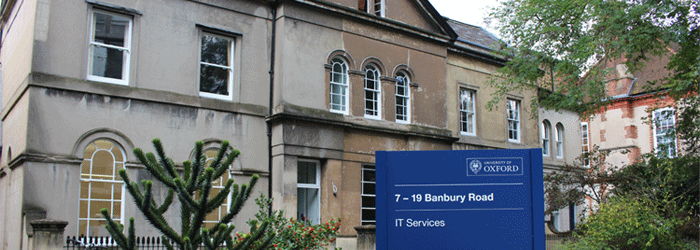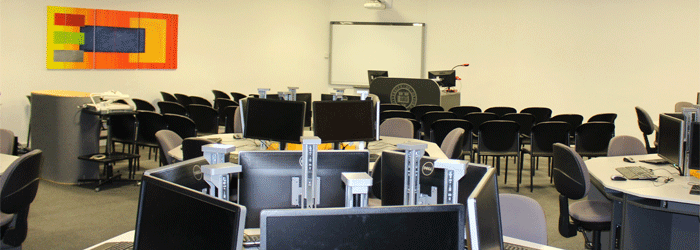- About us
- Our Events
- Learn more..
- Forthcoming
- Past
- 2017 – 2024
- Emerging Viruses 2024 – 04 September
- Phages 2024 – 02-03 September
- Venoms & Toxins 2024 – 20-22 August
- Oligo 2024 – 20-21 March
- Aptamers 2024 – 18-19 March
- Emerging Viruses 2023 – 06 September
- Phages 2023 – 04-05 September
- Venoms & Toxins 2023 – 22-24 August
- Aptamers 2023 – 29-30 March
- Oligo 2023 – 27-28 March
- Phages 2022 – 05-06 September
- Venoms and Toxins 2022 – 23-25 August
- OLIGO 2022 Oxford – 06-07 April
- Aptamers 2022 – 04-05 April
- Phages 2021 – 07-08 September
- Venoms & Toxins 2021 – 25-27 August
- OLIGO 2021 Oxford Virtual – 20-21 April
- Aptamers 2021 Virtual – 14-15 April
- RNAi 2021 Virtual – 31 March
- Genome Editing 2021 Virtual – 30 March
- OLIGO 2020 OXFORD Virtual – 03 December
- Venoms & Toxins 2020 Virtual – 16-17 September
- Phages 2020 Virtual – 09-10 September
- Lyme Disease 2020 Virtual – 08 September
- Emerging Viruses 2020 – 07 September
- Aptamers 2020 Virtual – 03-04 September
- Genome Editing 2020 – 12 March
- Phages 2019 – 11-12 September
- Emerging Viruses 2019 – 09 September
- Venoms & Toxins 2019 – 28-29 August
- Genome Editing 2019 – 05 April
- Aptamers 2019 – 03-04 April
- Oligo 2019 Oxford – 01-02 April
- Phages 2018 – 11-12 September
- Emerging Viruses 2018 – 06-07 September
- Influenza 2018 – 04-06 September
- Venoms 2018 – 29-30 August
- Aptamers 2018 – 11-12 April
- Oligo 2018 Oxford – 10 April
- Genome Editing 2018 – 09 April
- Influenza 2017 – 19-21 Sept
- Phages 2017 – 13-14 Sept
- Emerging Viruses 2017 – 04-05 Sept
- Venoms 2017 – 29-30 Aug
- Aptamers 2017 – 11-12 April
- OLIGO 2017 OXFORD – 10 April
- Genome Editing 2017 – 04 April
- 2015 & 2016
- Influenza 2016 – 13-15 Sept
- Emerging Viruses 2016 – 12 Sept
- Phages 2016 – 07-08 Sept
- Venoms 2016 – 05-06 Sept
- NGS 2016 Oxford – 12 July
- Exosomes 2016 Oxford – 04 April
- RNAi 2016 – 05 April
- Aptamers 2016 – 04-05 April
- OLIGO 2016 Oxford – 06 April
- Genome Editing & Gene Modulation 2016 – 06-08 April
- IST 2015 Oxford – 25-30 Sept
- Public Engagement with Science – 27 Sept
- Omics Workshop – 24 Sept
- Clinical Envenoming and Poisoning – 24 Sept
- Venoms and Drug Discovery – 24 Sept
- Influenza 2015 – 08-10 Sept
- Respiratory Viruses 2015 – 07 Sept
- Phages 2015 – 01-02 Sept
- NGS Workshop 2015 Oxford
- NGS 2015 Oxford
- Aptamers 2015
- OLIGOMER 2015 OXFORD
- RNAi 2015
- CRISPR 2015 OXFORD
- Ebola Conference 2015
- Speakers Hall of Fame
- 2017 – 2024
- Speakers Hall of Fame
- Event Management
- Other Services
- Contact
 InstructorsDr David Langenberger CEO, ecSeq Bioinformatics Leipzig, Germany Dr Mario Fasold CTO, ecSeq Bioinformatics Leipzig, Germany
InstructorsDr David Langenberger CEO, ecSeq Bioinformatics Leipzig, Germany Dr Mario Fasold CTO, ecSeq Bioinformatics Leipzig, Germany



A Practical Introduction to NGS Data Analysis (in progress)
Total number of Available Spaces: Nil
Venue: ISIS Room, Oxford University IT Services, 7-19 Banbury Road, Oxford OX2 6NN, UK
View Map
We are delighted to announce this Next Generation Sequencing training course/workshop, which will be conducted by ecSeq Bioinformatics.
The purpose of this workshop is to get a deeper understanding in High-Throughput Sequencing (HTS) with a special focus on bioinformatics issues. Advantages and disadvantages of current sequencing technologies and their implications on data analysis will be discovered. The participants will be trained on understanding their own HTS data, finding potential problems/errors therein and finally performing their own analyses using open source tools. In the course we will use a RNA-seq dataset from the current market leader, Illumina.
Each participant will have a dedicated workstation for the training.
Workshop Programme:
Day 1: 13 April, Monday: 9.00-17.00 (including two refreshment breaks and a lunch break)
- Introduction to sequencing technologies from a data analysts viewSequence file formats (fastq)
- Mechanisms of instruments: Illumina, 454, IonTorrent and PacBio
- Sequencing protocols (mRNA-seq, microRNAseq, …)
- Capabilities & limitations: Error sources, biases & beyond
- Sequence file formats (fastq)
- Preparation of raw reads: quality control, adapter clipping
- Read mapping
- Alignment methods
- Mapping tools, mapping to a reference genome
Day 2: 14 April, Tuesday: 9.00-17.00 (including two refreshment breaks and a lunch break)
- Mapping output
- File formats (SAM/BAM)
- Samtools
- Bedtools
- Visualization of mapped readsGene expression quantification
- UCSC: Data format for upload
- IGV
- Gene expression quantification
- Differential expression analysis
 LibPubMedia, LPMhealthcare & Oxford Symposia are trading names of LibPubMedia Ltd
Company Reg No: 07711306
VAT Reg No: GB140071464
Registered Address:
Rectory Mews, Crown Road, Oxfordshire
OX33 1UL, UK
LibPubMedia, LPMhealthcare & Oxford Symposia are trading names of LibPubMedia Ltd
Company Reg No: 07711306
VAT Reg No: GB140071464
Registered Address:
Rectory Mews, Crown Road, Oxfordshire
OX33 1UL, UK
 Copyright | Privacy | Disclaimer
Copyright | Privacy | Disclaimer

Partner Publications
*Aptamers *The European Journal of Extracellular VesiclesSearch this site
Contact Us
We use venue facilities provided by the University of Oxford Colleges and Departments for our events. However, we do not have any formal affiliation with the University or its colleges. Some of the images and models depicted on this website may be for demonstration purposes only.